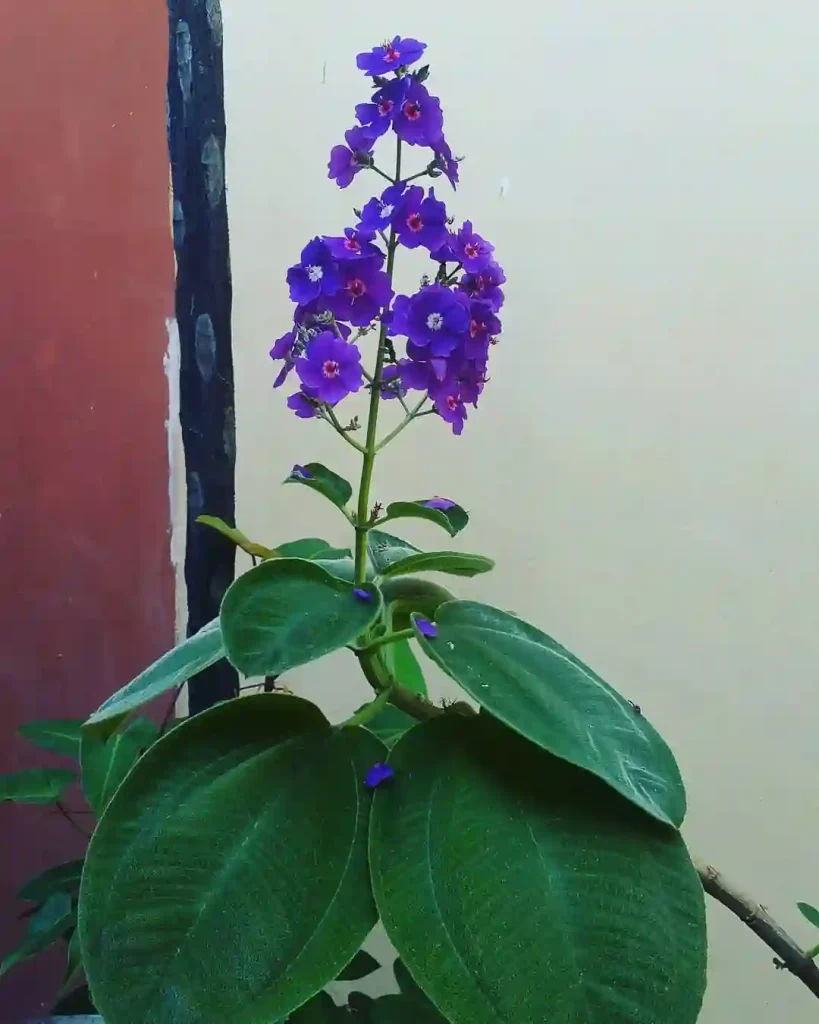Frequently Asked Questions About Agrostis Pallens
As a plant enthusiast, I’ve come across a lot of questions about Agrostis Pallens, a species that has caught my attention. Here’s a comprehensive guide to address the most frequently asked questions about this intriguing grass.
208 Species in Genus Agrostis
What Is Agrostis Pallens?
Agrostis Pallens, also known as Pale Bentgrass, is a species of grass native to various regions. It is part of the Agrostis genus, known for its delicate, fine-textured leaves. This grass is often used in landscaping and restoration projects due to its adaptability and aesthetic appeal.
How to Plant Agrostis Pallens?
Planting Agrostis Pallens is fairly straightforward. Here’s a step-by-step guide based on my experiences:
- Choose the Right Location: Agrostis Pallens thrives in well-drained soil with good sunlight. It can tolerate partial shade but performs best in full sun.
- Prepare the Soil: Ensure the soil is loose and well-drained. If necessary, amend the soil with organic matter to improve its texture and fertility.
- Sow the Seeds: Plant the seeds in early spring or late fall. Scatter them evenly over the soil and lightly press them in. A light covering of soil or mulch helps with germination.
- Watering: Keep the soil consistently moist until the seeds germinate. Once established, Agrostis Pallens is relatively drought-tolerant.
- Maintenance: Regular mowing or trimming can help maintain its appearance and prevent it from becoming too tall.
Is Agrostis Pallens Invasive?
From my observations, Agrostis Pallens is not typically considered invasive. It tends to stay in the areas where it is planted and does not spread aggressively like some other grasses. However, it’s always a good idea to monitor its growth, especially in new environments, to ensure it doesn’t encroach on other plant species.
How to Care for Agrostis Pallens?
Caring for Agrostis Pallens involves a few basic practices:
- Watering: Ensure regular watering during dry spells, particularly when the grass is young and establishing itself.
- Fertilization: Feed the grass with a balanced fertilizer during the growing season to promote healthy growth.
- Mowing: Regular mowing helps keep Agrostis Pallens looking its best. Aim to mow when it reaches about 3 inches in height.
- Weed Control: Keep an eye out for weeds that may compete with Agrostis Pallens. Manual removal or appropriate herbicides can help manage this.
How to Propagate Agrostis Pallens?
Propagation of Agrostis Pallens is typically done through seeds. Here’s a simple method I’ve found effective:
- Collect Seeds: Once the grass has flowered, collect the seeds from the mature seed heads.
- Sow Seeds: Prepare a seedbed as described earlier and sow the seeds. They should germinate in a few weeks under ideal conditions.
- Care for Seedlings: Keep the soil moist and provide adequate sunlight as the seedlings grow.
What to Plant With Agrostis Pallens?
Agrostis Pallens pairs well with other low-growing ground covers and ornamental grasses. In my garden, I’ve successfully combined it with:
- Low-growing Sedums: They complement the fine texture of Agrostis Pallens.
- Creeping Thyme: Offers a contrasting color and texture while filling in gaps.
- Hostas: Provide a nice contrast with their broader leaves.
Can You Grow Agrostis Pallens Indoors?
Growing Agrostis Pallens indoors can be challenging. This grass prefers outdoor conditions and typically requires a lot of light. If you’re keen on trying, use a sunny windowsill or grow lights to mimic its natural habitat.
Is Agrostis Pallens Toxic?
No, Agrostis Pallens is not toxic to humans or pets. It’s a safe choice for gardens where children or animals play.
Benefits of Agrostis Pallens
Agrostis Pallens offers several benefits:
- Aesthetic Appeal: Its fine texture and delicate appearance add a soft, elegant touch to landscapes.
- Erosion Control: It can help stabilize soil and prevent erosion in certain conditions.
- Low Maintenance: Once established, it requires minimal care compared to other grasses.
Common Problems
Some common problems with Agrostis Pallens include:
- Disease: Watch out for fungal diseases, especially in damp conditions.
- Pest Issues: Although rare, pests like aphids might occasionally affect it.
Compare with Other Similar Grasses
Agrostis Pallens is often compared with other bentgrass varieties like Agrostis Stolonifera and Agrostis Capillaris. Here’s how it stacks up:
- Agrostis Stolonifera: Also known as Creeping Bentgrass, it spreads more aggressively and is used for lawns and golf courses.
- Agrostis Capillaris: Commonly known as Colonial Bentgrass, it has a similar texture but is less tolerant of poor soil conditions compared to Agrostis Pallens.
In conclusion, Agrostis Pallens is a versatile and attractive grass that can enhance various landscapes. Whether you’re planting it for its beauty or practical benefits, understanding its needs and characteristics will help you make the most of this elegant species.
If i die, water my plants!



